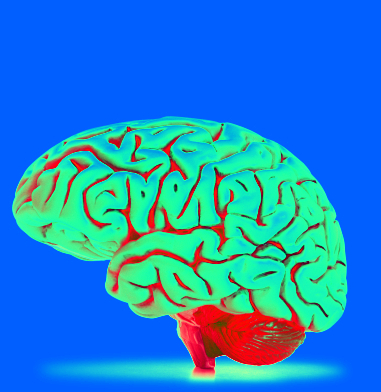AI aimed at ASD
 Researchers want to use AI to make identifying autism easier.
Researchers want to use AI to make identifying autism easier.
A team in the US has conducted the first systematic study on autism spectrum disorder phenotyping using behavior-tracking technology.
Phenotyping is the characterisation of a behavior or trait, in this case, autism patients’ behaviors and traits.
“This project is important because it aims at filling an important gap in our existing knowledge about ASD [autism spectrum disorder],” West Virginia University's Dr Xin Li says.
“Improved understanding of autism phenotyping is expected to help with not only more accurate diagnosis, but also more personalized intervention for ASD patients.”
One of the biggest challenges facing autism research is that there is not one form of autism, but many subtypes.
Each person with autism can have unique strengths and challenges, which has contributed to the difficulty in identifying the specific traits associated with this disorder (phenotyping), genetically or behaviorally, according to experts.
Dr Li says that there is currently no consensus about the standard of behavior characterisation for humans yet, but animal models have used the following three phenotypes: abnormal social interactions, communication deficits and repetitive behavior.
“We expect to identify similar phenotypes for ASD patients as the first step,” Dr Li said.
This project will assess ASD using behavior-imaging data (eye-tracking, audio/video) with neuroimaging data.
According to Dr Li, neuroimaging data are a direct measurement of brain activities and behavior imaging data are the consequence of brain activities.
“Integrating these two multimodal data represents a natural strategy for understanding the relationship between brain activities and behavioral patterns,” he said.
Artificial Intelligence will identify the traits associated with ASD using both neuroimaging and behavioral imaging, the researchers say.
The earlier children with ASD get intensive intervention, the better their developmental outcomes.
“Currently, the average age of a child when she or he receives an ASD diagnosis in the U.S. is 4 years old,” Dr Li said.
“However, about half the parents of children with ASD report that they suspected a problem before their child was one year of age. This has been known as the ‘detection gap.’ Many research teams including us are working on reducing this gap.”








 Print
Print